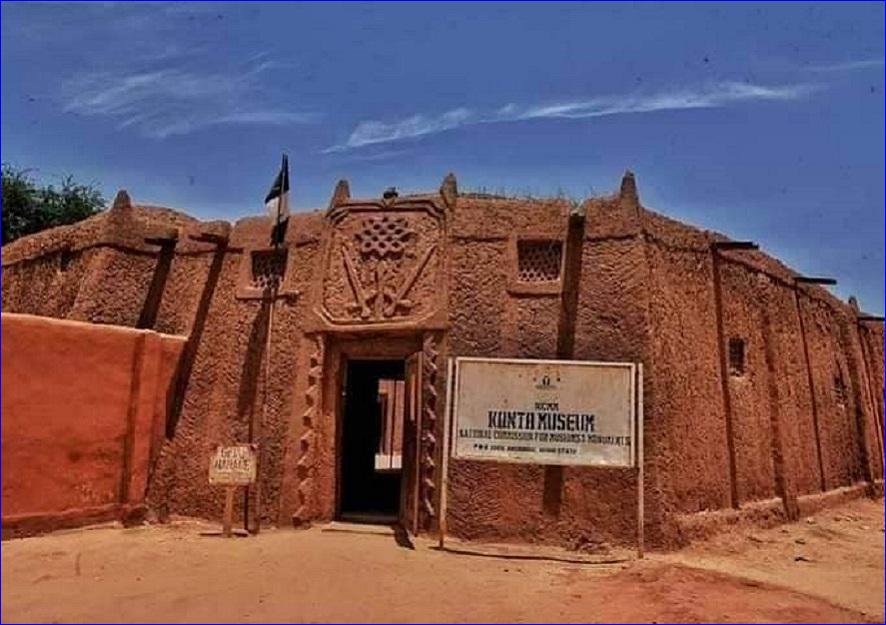


 Kanta National Museum)
Kanta National Museum)
This included Asia Minor, areas in Persia, the Levant, and Egypt through the Neo Assyrian Empire. As the empire expanded rapidly, it also faced internal turmoil. Civil wars, usurpations, and rebellions within fragmented the empire. The capital of the empire, Nineveh, would ultimately fall to a coalition led by the Babylonians in 612 BC.
After the Fall of Harran in 609 BC, surviving Assyrian refugees who were not already enslaved and subjugated fled to the western regions of Africa. One such group of Assyrians settled in Kebbi around 600 BC, which is now the modern-day Kebbi State of Nigeria.
During the fall of the Neo Assyrian Empire, refugees began a long journey that could've taken years and left a trail. From Upper Mesopotamia, they marched through the Levant, down to Egypt, the inner Africa all the way to modern Nigeria. It is not clear whether or not Kebbi was the ancient Assyrian name of the city, but it has been used as the name for the current state for thousands of years.
Archaeological records and documents in the Hausa state of Kebbi have indicated that the history of the city started by conquest from the Assyrian refugees of Mesopotamia. The archaeological tablets show reference that the cities of Kabawa and Madayana that were frequently discussed by various tribes were in fact the historical Assyrian cities of Assur and Nineveh.
The documents also state the names of 33 kings of the Near East. It omits any African king, further showing the origins of Assyrian migration into West Africa. In chronological order, the names display kings from the Akkadian Period all the way to the late Neo-Assyrian Period.
One major detail in the documents reveals a key point that confirms the Assyrian migration; the last Assyrian king, Ashur-uballit II and the founder of the Neo Babylonian Empire, Nabopolassar were mentioned. Though Assyrian history in Africa was featured heavily in Egyptian and Sudanese records, the history of Kebbi shows their vast influence and that their civilization continued to flourish in Africa.

or register to post a comment.